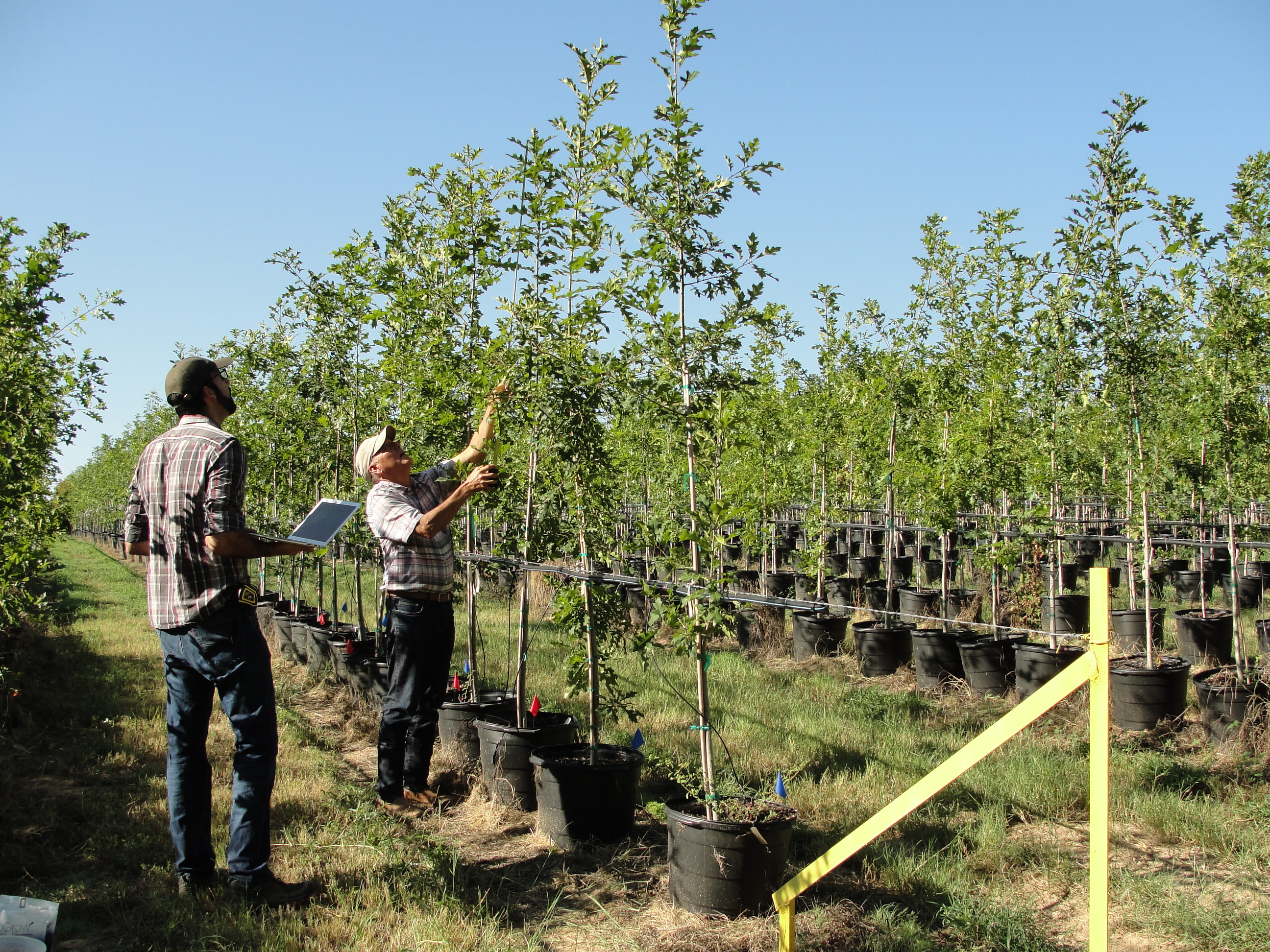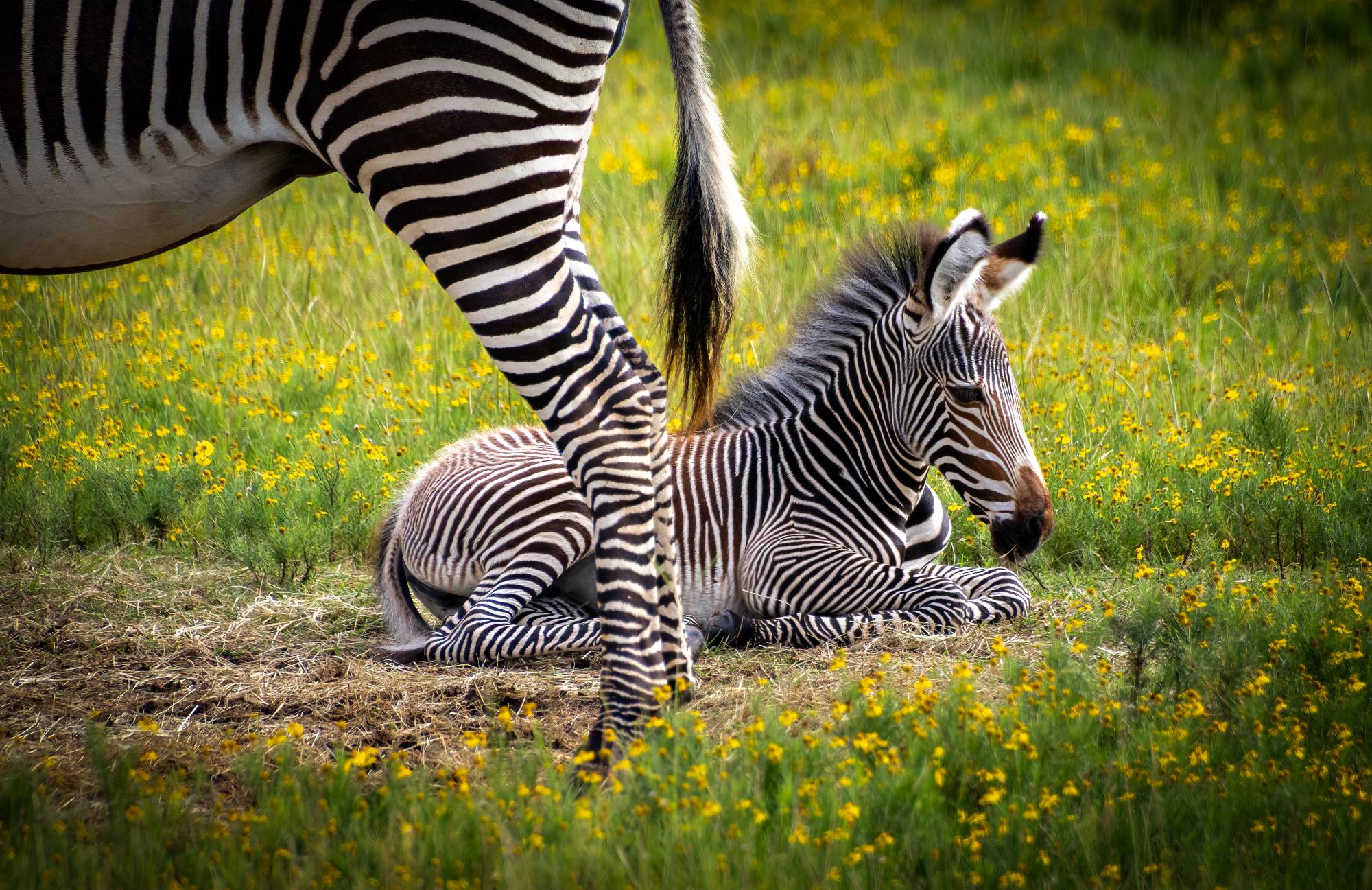Reese: Growing yellow squash in a small garden
Published 11:35 pm Sunday, June 29, 2025

- June Reese
If you are from Texas, you probably grew up eating squash casserole — still a favorite in our home.
When I decided to start a small, raised vegetable garden a few years ago, I was determined to include yellow squash. What I did not take into account is the amount of space it requires, and the need to watch for specialty pests like squash bugs.
If you also have limited space, here are some tips to make a few plants the most productive.
Trending
Prepare your beds by mixing in 2 to 3 inches of compost or organic matter.
Squash prefers well-drained soil with a slightly acidic to neutral soil pH.
If you have limited space, choose a vining variety to grow on a trellis or a compact bush type. The Smith County Extension office recommends the following varieties for East Texas: Burpee’s Butterstick, Butterbar, Dixie, Early Prolific, Hyrific, Multipik, Pavo, Sundrop, Supersett and Yellow Summer.
Choose a faster maturing variety which may increase your yield, especially if we have an intense summer.
Plant directly from seed after change of frost and when soil temps reach 65 to 75 degrees, generally March/April in East Texas.
After planting, fertilize with a balanced fertilizer once per month at about 2 teaspoons per square foot of bed and once your squash starts to bloom, side-dress with a high nitrogen fertilizer.
Trending
Make sure the bed receives full sun or 8 hours of direct sun daily.
Harvesting is important. Pick as soon as the blossoms wilt and before they reach over 9 inches. This has the benefit of promoting more plant production and better tasting squash.
Cut, don’t pull, squash from the vine and leave about 1 inch of stem attached to the fruit.
Keep the soil consistently moist, but do not overwater. Squash does not like “wet feet”. Also, water the at the base and stay away from overhead watering, to keep powdery mildew away.
Squash can benefit from companion planting. Good companion plants for yellow squash include corn or sunflowers, which can also act as trellises and shade your squash. Beans and peas help add nitrogen to your soil. Marjoram, garlic and dill can help deter insects and attract beneficial pollinators. Experts discourage planting cucumbers or pumpkins with your squash.
Pests such as aphids, beetles and squash bugs can ruin all your work. If natural deterrents like companion planting do not work, an organically derived bacterial insecticide such as Bacillus thuringiensis (BT) can be sprayed on plants, carefully follow label instructions.






